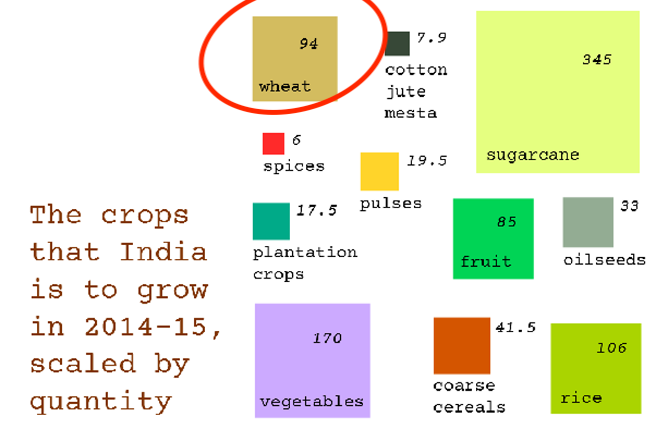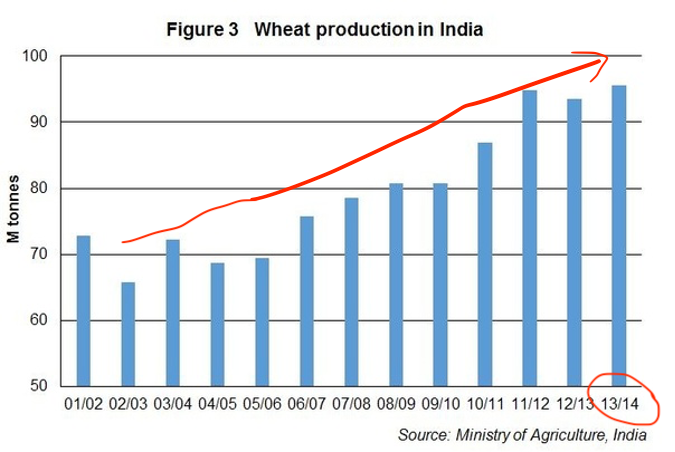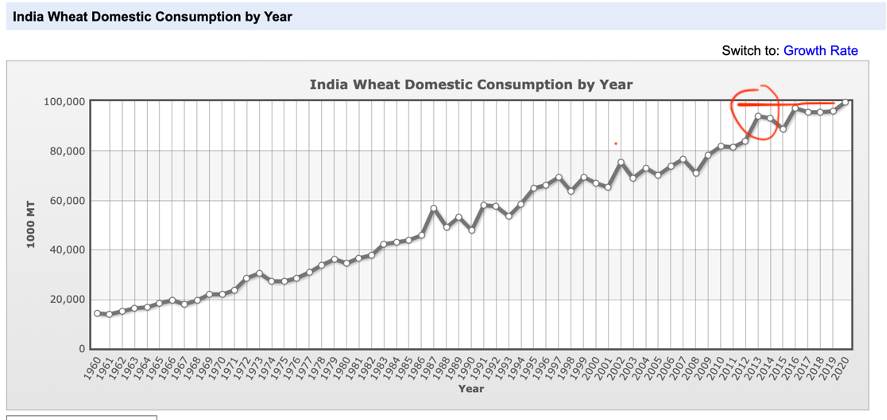This estimation is usually done based on three types of calculation methods. These are A2 method, A2+FL method and C2 method.
Ever wondered how MSP for crops is calculated ?
Below is an attempt to present a simplified view, followed by some pertinent questions (just to have better understanding, not taking sides)&
This estimation is usually done based on three types of calculation methods. These are A2 method, A2+FL method and C2 method.
With such varied geography, which requires different inputs, labour, methods... and hence different costs of growing same crop, how do you define a single MSP for a crop across nation ?
More from Farmer protest
You May Also Like
I think a plausible explanation is that whatever Corbyn says or does, his critics will denounce - no matter how much hypocrisy it necessitates.
Corbyn opposes the exploitation of foreign sweatshop-workers - Labour MPs complain he's like Nigel
He speaks up in defence of migrants - Labour MPs whinge that he's not listening to the public's very real concerns about immigration:
He's wrong to prioritise Labour Party members over the public:
He's wrong to prioritise the public over Labour Party
One of the oddest features of the Labour tax row is how raising allowances, which the media allowed the LDs to describe as progressive (in spite of evidence to contrary) through the coalition years, is now seen by everyone as very right wing
— Tom Clark (@prospect_clark) November 2, 2018
Corbyn opposes the exploitation of foreign sweatshop-workers - Labour MPs complain he's like Nigel
He speaks up in defence of migrants - Labour MPs whinge that he's not listening to the public's very real concerns about immigration:
He's wrong to prioritise Labour Party members over the public:
He's wrong to prioritise the public over Labour Party


















